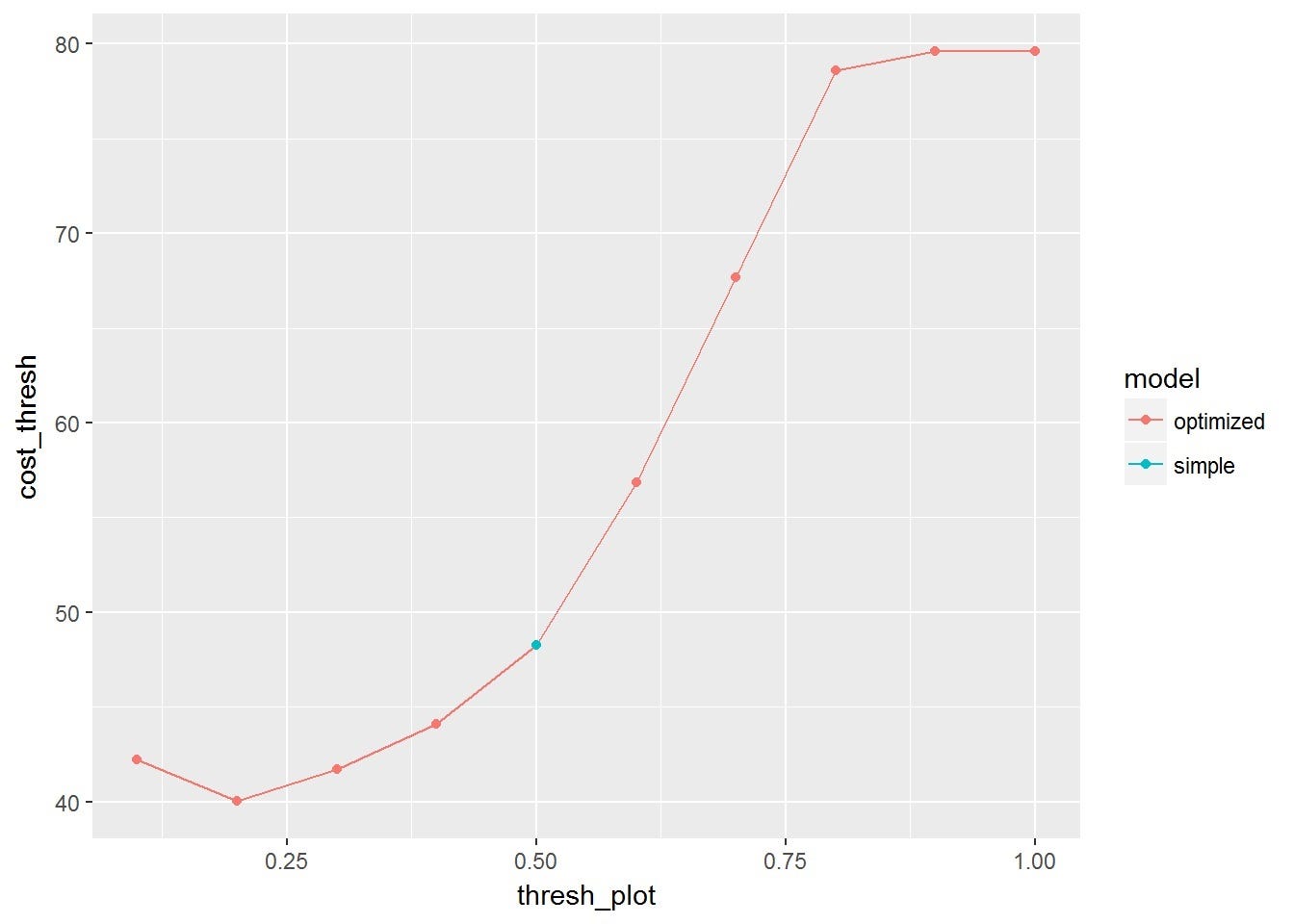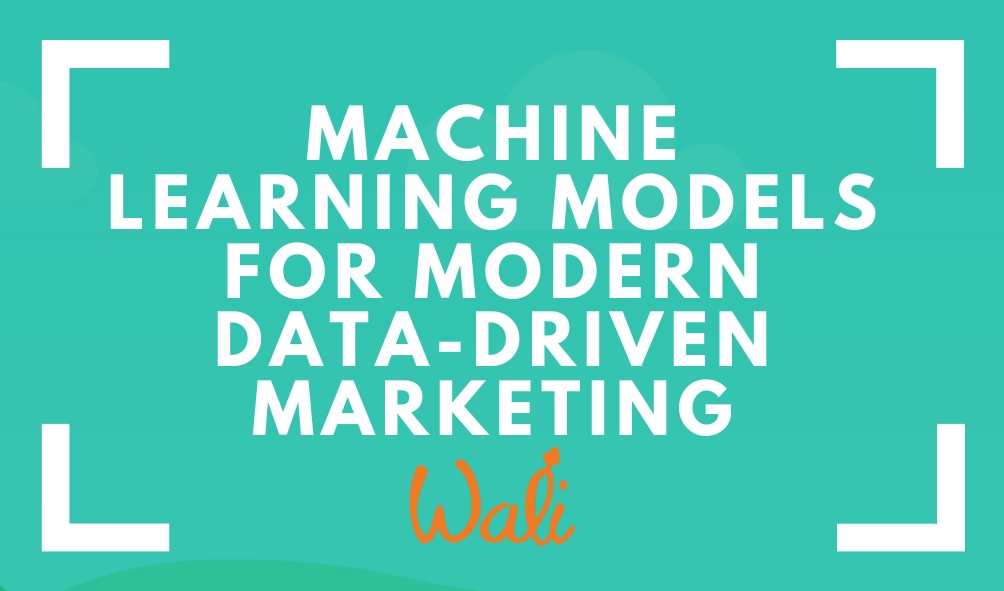Chipotle sales increased by 81% through digital ordering in these difficult days, when many other businesses are experiencing a decrease in sales due to the pandemic.
“Investing in digital over the last several years has allowed us to quickly pivot our business with Q1 digital sales reaching our highest ever quarterly level of $372 million” — CEO of Chipotle, Brian Niccol, said in a statement.
Even in the current difficult situation, not every company is losing, but for sure the winners are those who have prepared for a more efficient and intelligent era.
Advanced technologies, such as machine learning, have been applied to more and more aspects of work. At Wali, we use all types of technology at work, and we think technology is a big part of our life. Our digital marketing service is built around identifying core KPIs, data-oriented technologies and reinforcement learning.
Here are some A.I. models and their possible applications in reality. These models could be easily adapted as a mindset and applied to any marketing campaign.
1: K-Means Clustering
K-Means is one of the most well-known clustering algorithms. In theory, K-Means clustering is a method of vector quantization that aims to partition n observations into k clusters in which each observation belongs to the cluster with the nearest mean.

Marketing professionals can utilize this algorithm to create segmentation for all their influencers. Every individual influencer has different characteristics. Grouping them into different segments makes the future match 65% faster. At the Wali tech team, we apply this algorithm to our huge set of influencers. It helps us match influencers more accurately to specific industries or one business.
2: Decision Tree
Decision trees are powerful machine learning models that are widely applied in real-world applications. They are defined by recursively partitioning the feature space, which is very easy to interpret. Enhancing the decision tree using reinforcement learning examines all features of a new data point to update model parameters.

One of the biggest pain points for influencer marketing is to keep matching the brand with a new set of influencers in a dynamic way. This algorithm can help this situation. By creating a decision tree, any marketing professionals can pick a new set of influencers for a brand in a short time. Combining the decision tree with reinforcement learning, the system continuously updates the corresponding decision trees automatically. For example, at Wali, we first created our own decision tree, then kept reinforcement learning on our decision tree. As we are receiving new data points, we can quickly identify the best time to match a specific influencer to a brand.
3: Logistic Regression
Logistic regression is a statistical model that uses a logistic function to model a binary dependent variable. There are many more complex extensions that are applied to various marketing applications.
One typical application is to use logistic regression to predict customer churn. The prediction result can help businesses maximize the usage of their marketing budget by spending money (such as email, push notification, or limited-quantity promotion) on loyal or potential loyal customers.

Many times, we only use the numbers a third party platform provides for us to calculate the performance of marketing campaigns. Marketing professionals can also start calculating the loyalty of a customer set, and evaluate the marketing performance based on a combination of third party results and customer loyalty. The same thing can be applied to customer lifetime value.
At Wali, we track all the values above, then calculate the most valuable set of customers and influencers for the brand. This algorithm helps us to keep our promise of matching accuracy for our client.
The perfect marketing campaign is hard to produce. Data-driven strategies are helping us to find a better answer. We encourage as marketing professionals, our readers will adopt some methods from our blog and use them for their next marketing campaign.
Wali autopilot influencer platform is built with more complex ML models, so your brand can quickly match with the best audience. No recruiting, no negotiation.

Learn more about our no recruiting, no negotiation autopilot influencer platform at https://mywali.co/influencer.html
